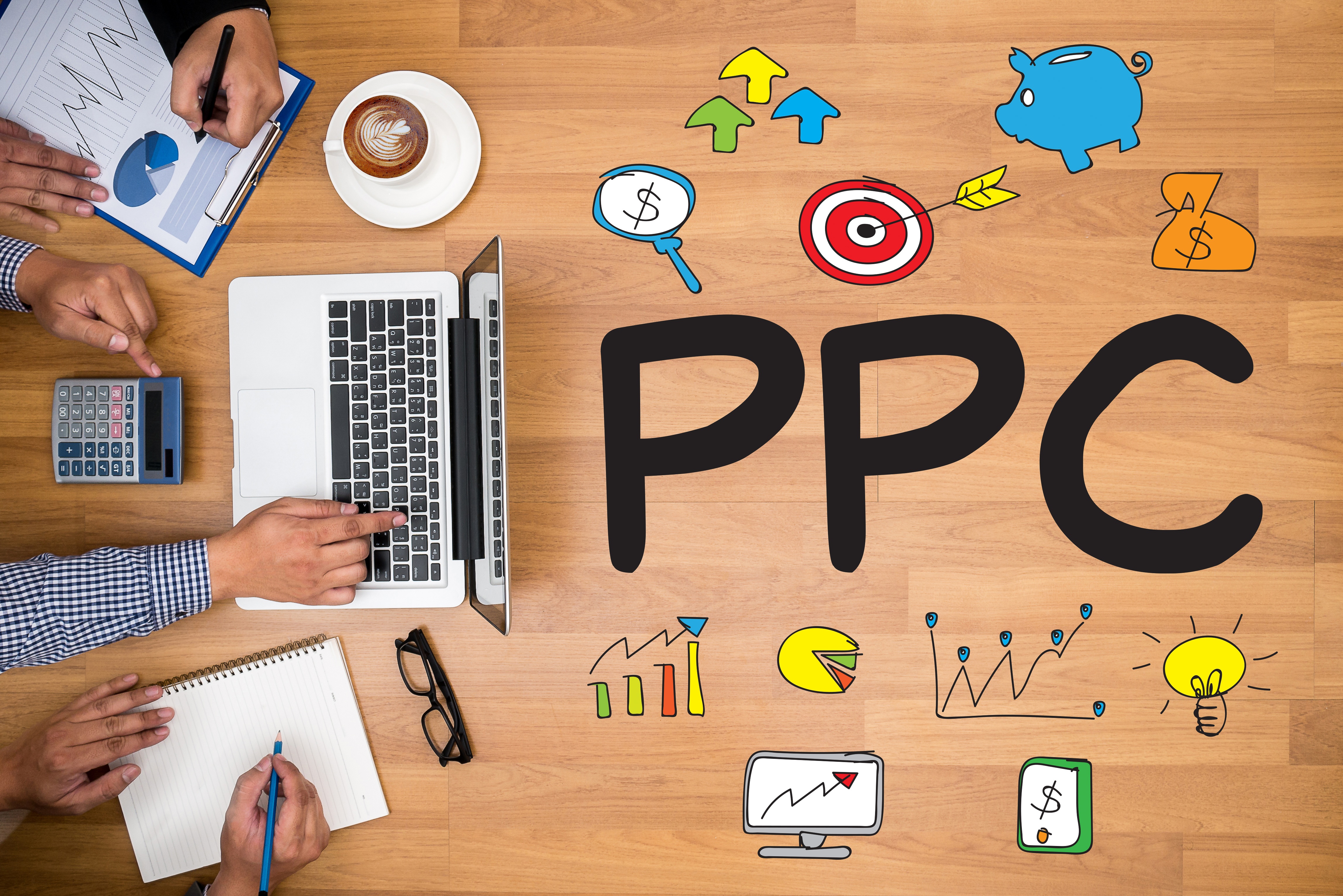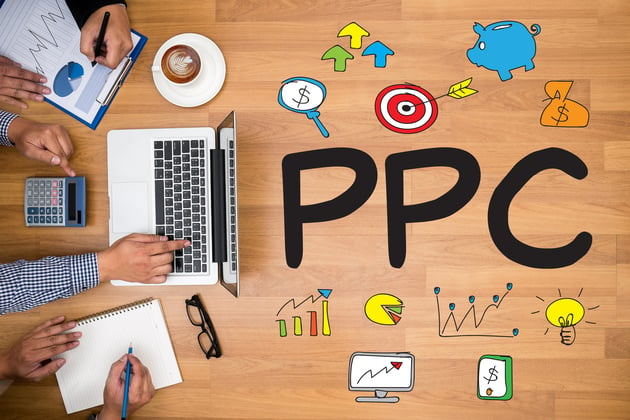

In last week’s blog, we defined PPC and how integrating it into your marketing strategy can increase traffic to your website. However, in order to establish a sense of perspective, we also need to observe PPC from a B2B versus B2C platform. The fundamental difference at play here has to do with scale: If you’re selling shoes or handbags – or any large scale commodity that means you generate thousands of visitors to a website per day – then you can apply a formula to extrapolate the value of extra visitors and know how much money another 10,000 visitors to your website will cost and what it will deliver in sales.
Most large scale e-commerce websites have a highly sophisticated set of business parameters, based upon generating the maximum amount of revenue per visitor. Because they have that data, they can spend all their time managing and optimising their websites on that basis.
Most of these large scale, high volume, consumer-facing websites reach a point where they can simply calculate the monetary value of someone visiting their website. In other words, having 10,000 new visitors on average to their website means they can generate £xx,000 worth of revenue (that’s because they know that for every 10,000 visitors to their website X% of people will buy something for £X). If you expand that idea, then improving your unique visitors by a half a percent –if on average you have 1 million visitors per month –will mean that a marginal increase can potentially translate into thousands of extra pounds. In that case, the value of spending on PPC is very, very black and white. More visitors means more money.
However, in the B2B world, the maths doesn’t work on the same scale and there are many other factors that come into play. It’s unlikely that an SME B2B company will have more than a few thousand of visitors per month. Many of our clients have specialist vertical products or services and will have just hundreds of visitors a month, as obviously, the market sizes are smaller in B2B. A half a % increase makes little difference as it might in B2C; you need at least a 5-10% difference in traffic in the B2B world for leads to increase (as you don’t actually sell anything on the website, the best you can hope for are leads and not sales).
So you need to implement mechanisms that enable you to track visitors as they slowly move from a lead to a sales prospect to a qualified lead in a process that can take months, not days.
For all these reasons, converting singular website visits into revenue is not a feasible goal for a B2B website. Gaining a new client who’s going to write you a cheque is a much longer, complicated and more idiosyncratic process than simply increasing website visitors via paid PPC ads. Sales activity in a B2B market might be six months apart, so it’s very hard to tell if increased web traffic will equate to more business. A business owner running a PPC campaign will typically largely manage this on gut feeling. Most will dial up their spending and as long as their traffic goes up, they’ll keep spending the money; and frankly, that’s exactly what Google wants them to do. In the majority of cases however, it’s not a linear relationship. If your spending goes up, at some point your sales will plateau.
So with PPC, you need to develop an approach which involves an extra step in order to make sure that the money you are putting into Google’s coffers is trackable and not just hopeful. You can start by setting up some conversion process such as a ”special offer” or “option to download an eBook” that will require a visitor to enter their email address when they land on your page. This will enable you to record the number of interested visitors to your campaign, who that visitor was, and then track that conversion from a PPC enquiry to an active marketing qualified lead. If done correctly, the best case scenario of PPC in the B2B context is as another entry point to a lead and enquiry; the key thing here is to enable yourself to track that lead and its conversion over a much longer period of time, which could be anything from months to a year or more.
Another reason why B2B strategy for PPC must differ from B2C is that visitors behave differently. Whereas on a consumer site, a visitor will decide in fractions of a second whether or not it’s what they’re looking for, visitors are slightly less brutal in the B2B world. What is defined in the web world as ‘stickiness’; –or how long someone “sticks” on your website– typically a visitor will spend more time looking at your business page that you present them with before they decide that you’re not the right place for them. Perversely, I believe it is because so many business websites are so poor at succinctly describing what they do, that B2B searchers are actually more tolerant and take longer to click off the site than in B2C. It can still be a matter of seconds though, so it’s still absolutely vital that you explain what it is you do quickly and clearly.
Tip #35: If you’re a B2B company using PPC, don’t assume that increased traffic will mean increased sales. PPC is an entry point to a lead or sales enquiry – treat it as such. Shape your website to deal with and track your inbound enquiries.
If you'd like to receive the latest 'All that PR & Marketing Bollox...Explained!' blogs straight to your inbox every week, you can subscribe below:




Submit a Comment